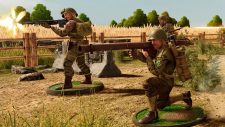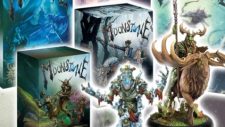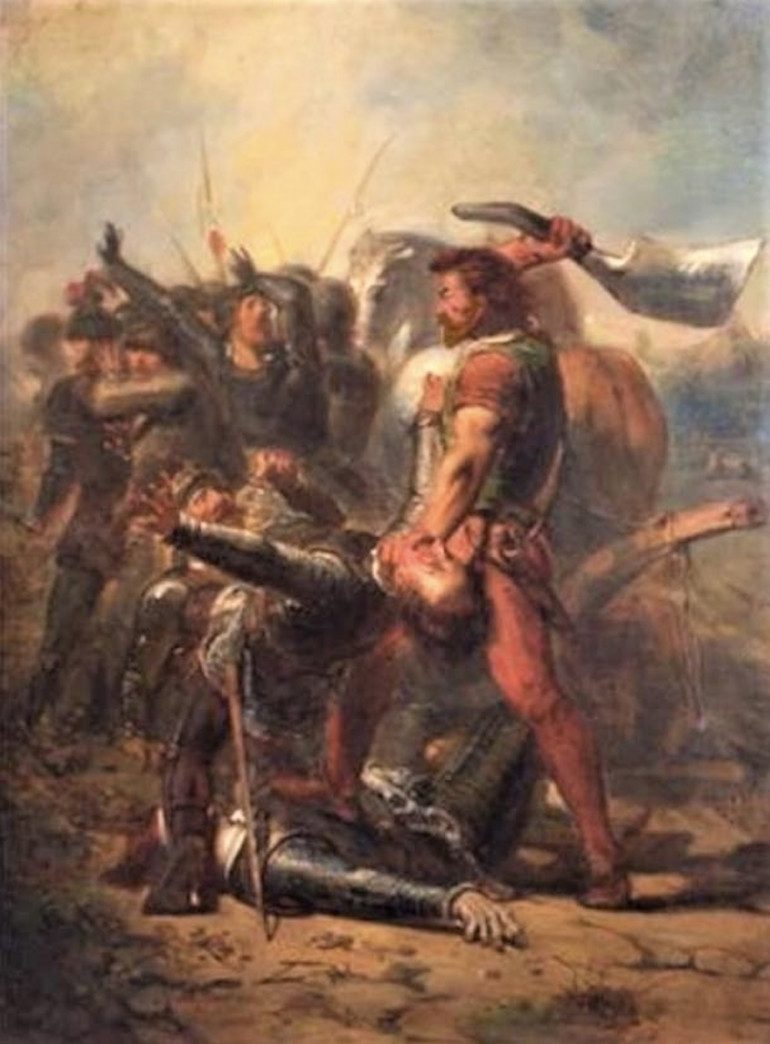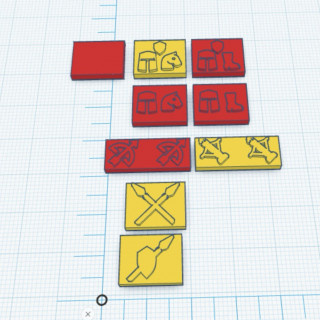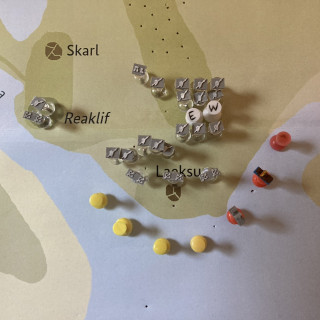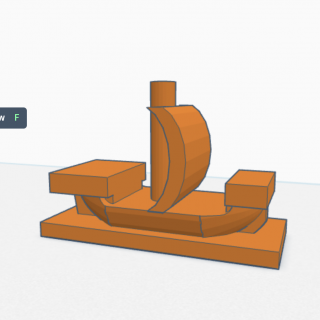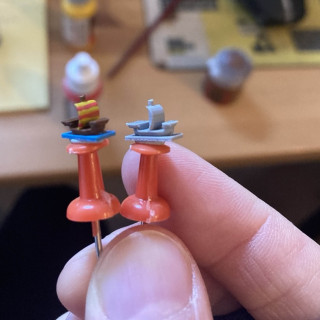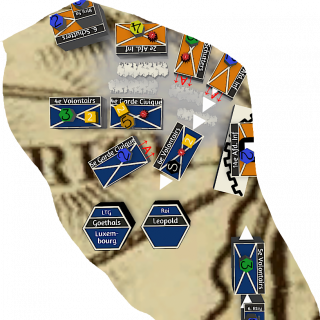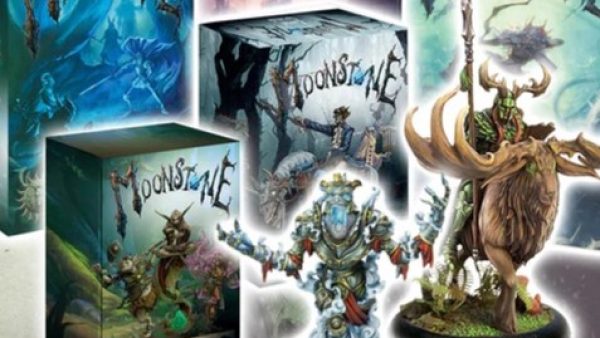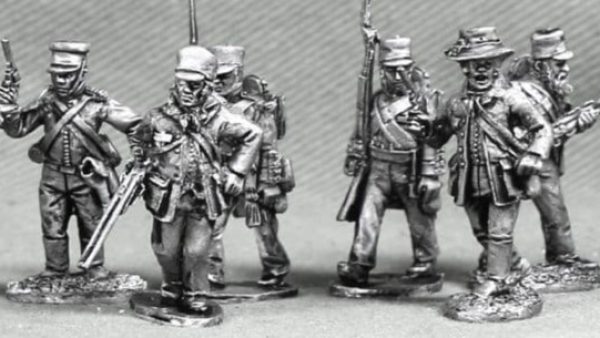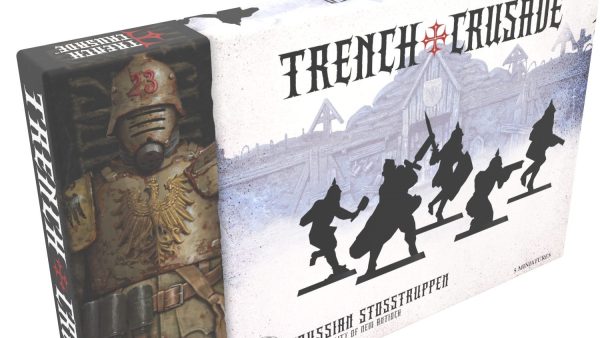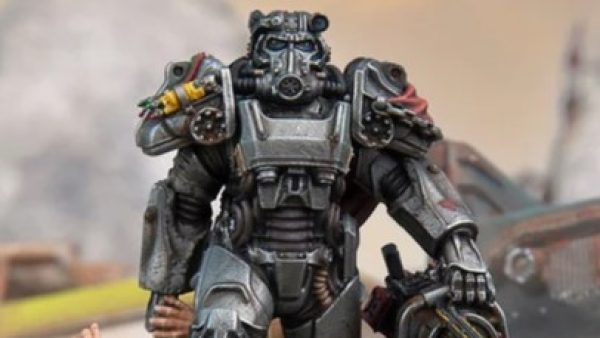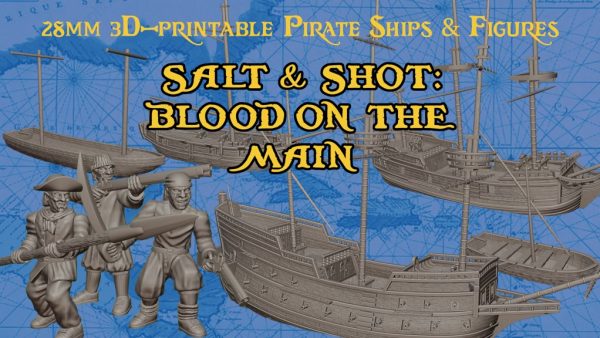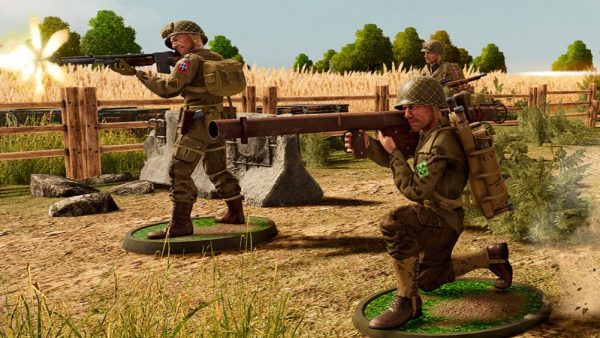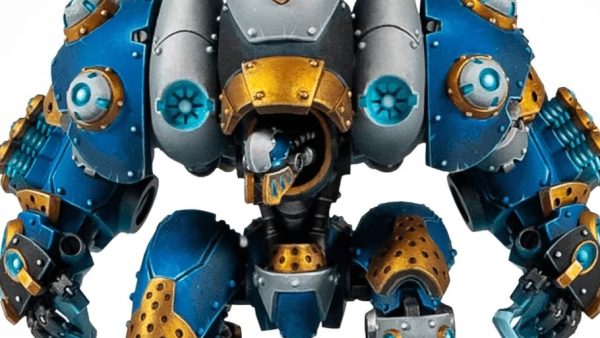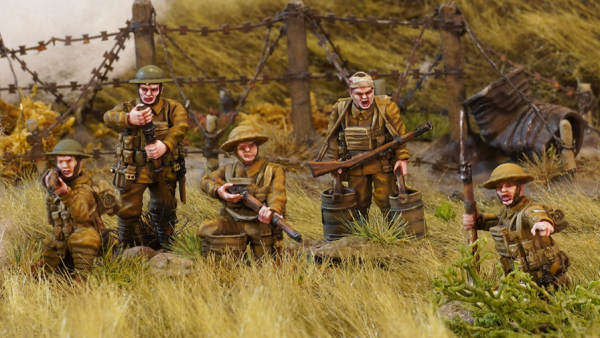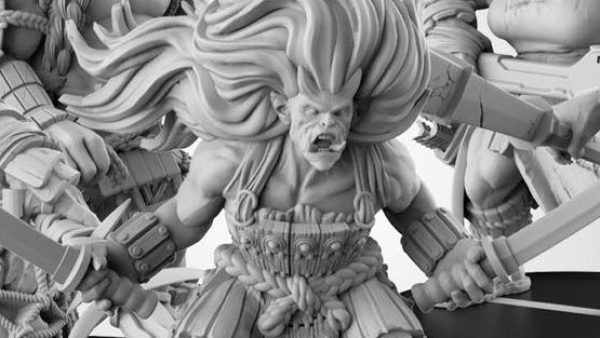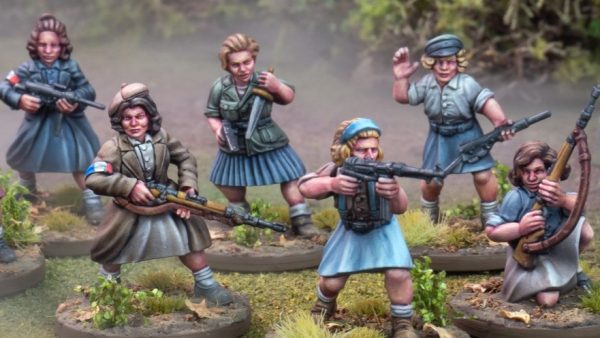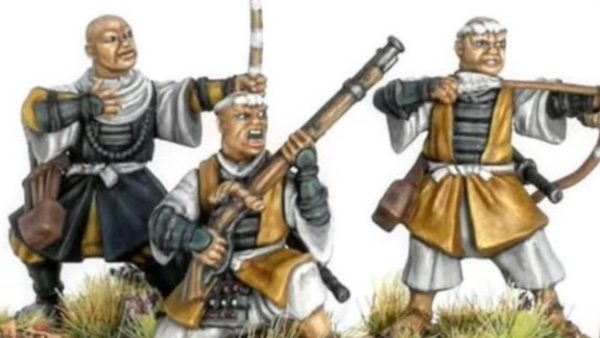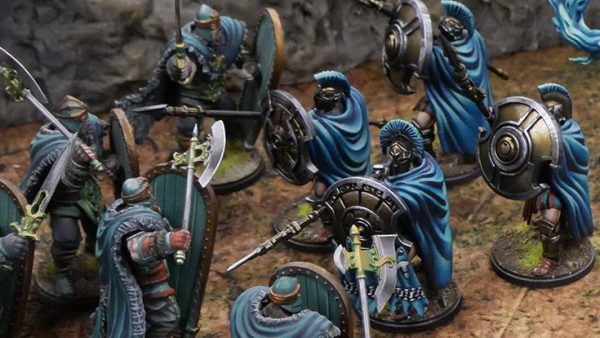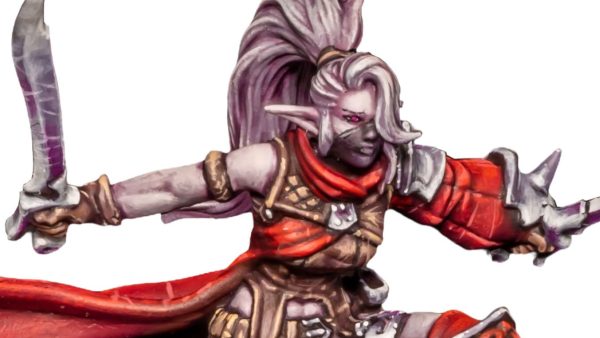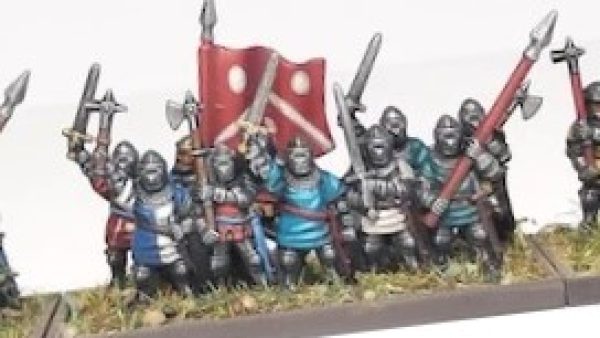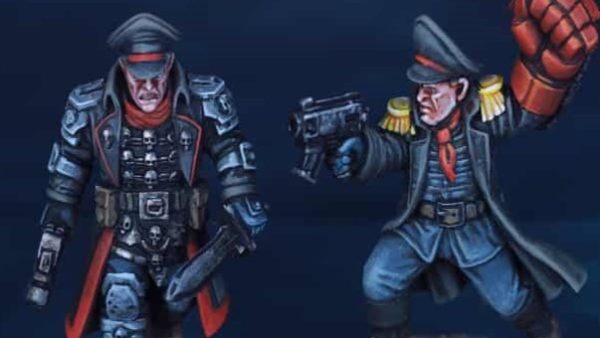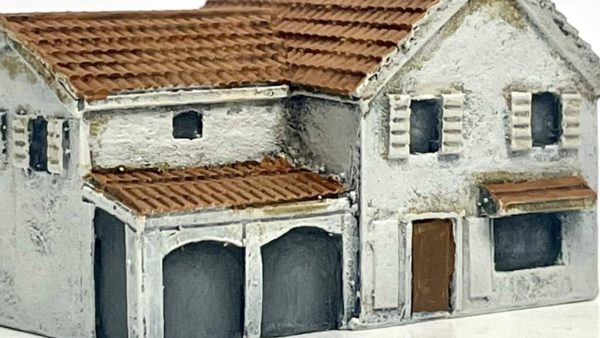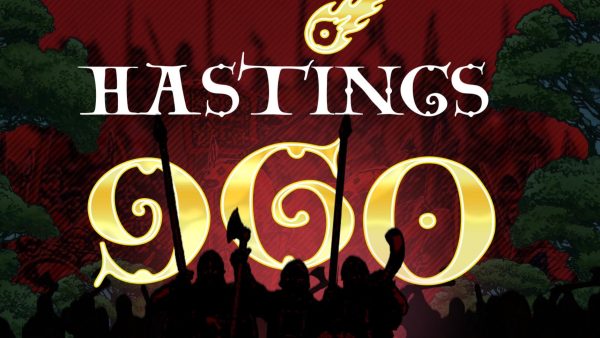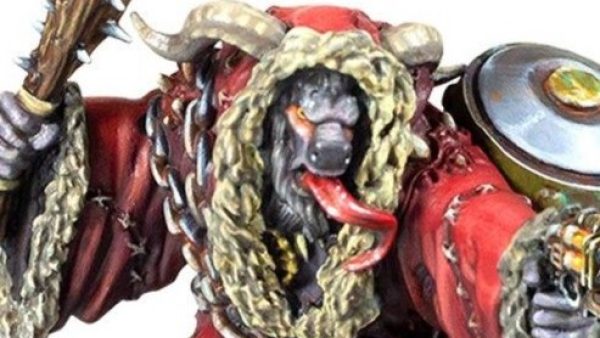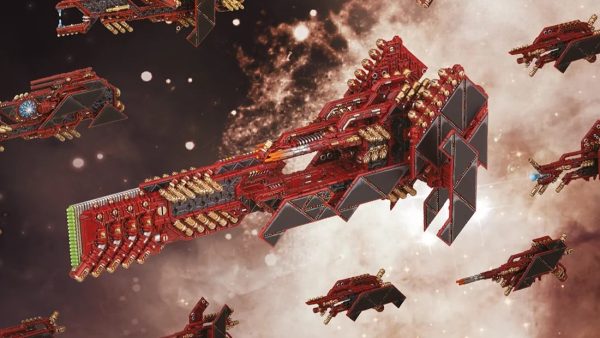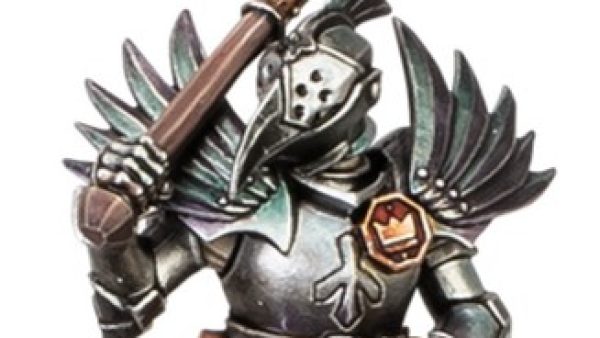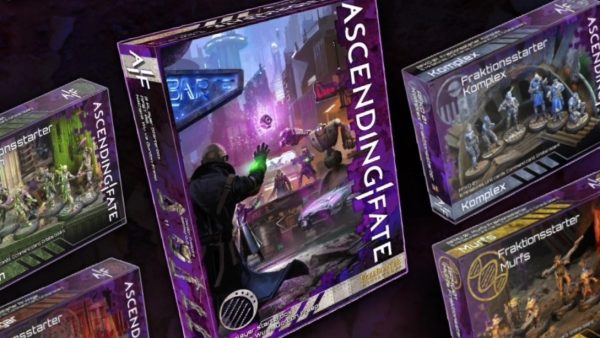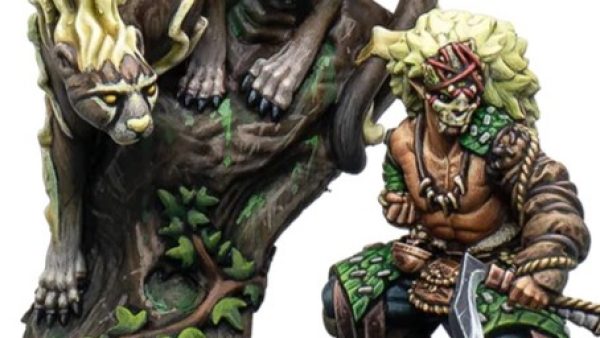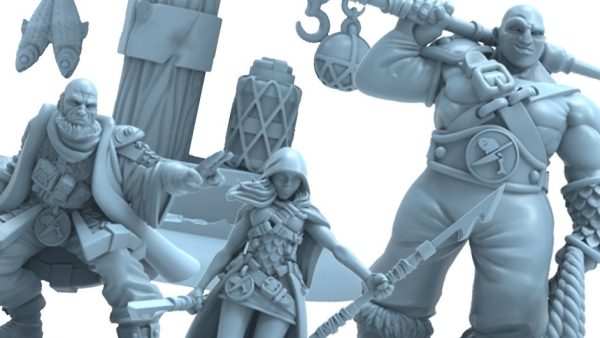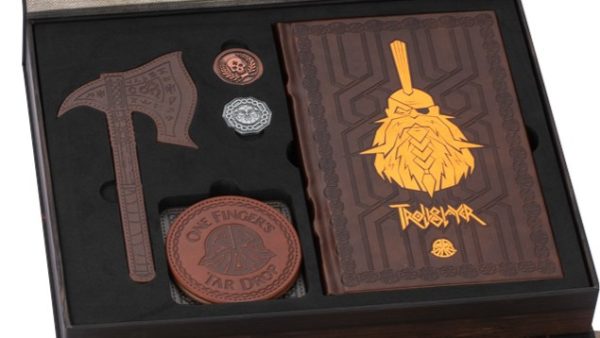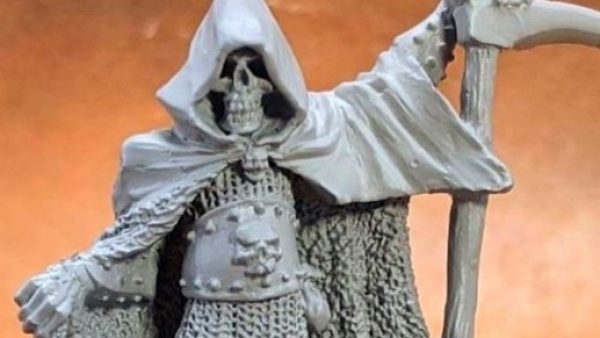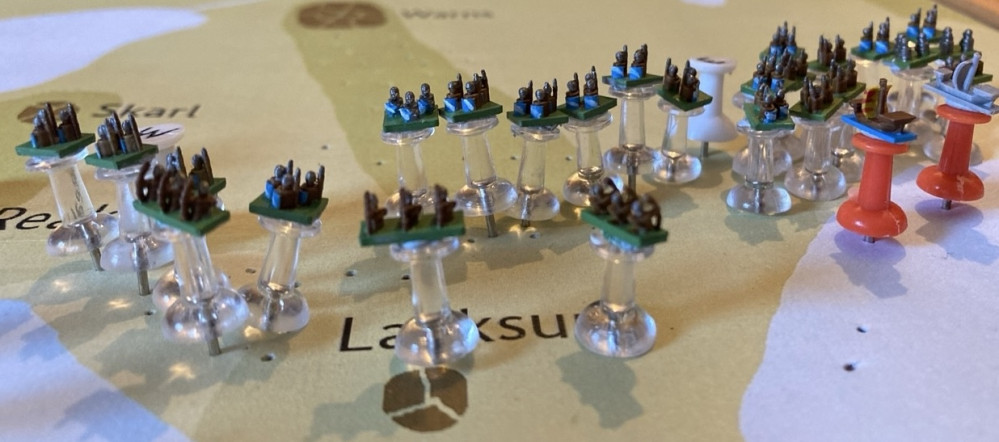
My descent into the tinyest of scales… and madness?
Recommendations: 3
About the Project
At the end of my project on getting into Napoleonics, I noted that I had taken a next step in old-man-hobbyism: Kriegsspiel. Actually, I’m being unfair, since Kriegsspiel has also entered the 21st century. There is a very active community on Discord centered around the International Kriegsspiel Society, which runs all (as far as I know) of its games through Discord. This is the story of how even when I seemingly get pulled away from miniature wargaming, miniature wargaming will keep following me.
Related Genre: Historical
This Project is Active
The Battle of Warns and gateway drugs
I’m currently part of the Battle of Warns, which was part of the Friso-Hollandic Wars between Count William IV of Holland and the Frisians, which took place on 26 September 1345. Historically, the Frisians won the battle and repelled the ‘Hollanders’ from the eastern coast of the Zuiderzee.
With my in-laws being Frisians and one of my ancestors having been a minister at the church of Warns around 1600, I felt that my place was clearly to stand with the world’s tallest people against Hollandic aggression!
Tabletop Simulator
You may have noticed from the images above that Tabletop Simulator is used by the umpires to keep track of these online games. Often players will also have access to their own instance of the map, so that they can keep track of what they know there.
This is nice, but as a tabletop wargamer this is never going to be enough for me.
So my idea was to pin a printout of the map to a cork board and keep track of the game with push pins on it. With me having a 3D printer, I thought I’d make simple gaming pieces for the different troops at my disposal. Since the size of my map printout wasn’t that large, I went for designs that had to be recognisable from a distance.
I went for simple bases, on which I put raised images I got from https://www.svgrepo.com/.
Here you see both the designs, and the printed version, which I lightly coloured with a sponge. E is me; W is an allied commander. The dimensions of the melee troops are 7×5.5mm. Ranged are 10.5x4mm. The designs are, from top to bottom and left to right: empty tile, mounted knights, knights on foot, mounted men-at-arms, men-at-arms on foot, bowmen, crossbowmen, pikemen and spearmen. Not all of these are printed yet, since my part of the army unfortunately contains but few of the fancy troops…
Not enough
This was not enough for my subconscious. So when the Hollanders came with their cogs (a medieval sail ship), I could have made a simple boat tile. But, I went and designed a cog in Tinkercad instead…
Now this definitely scratched my itch and thus I seem to have crossed the Rubicon…
Kriegsspiel
At the end of my project on getting into Napoleonics, I noted that I had taken a next step in old-man-hobbyism: Kriegsspiel. Actually, I’m being unfair, since Kriegsspiel has also entered the 21st century. There is a very active community on Discord centered around the International Kriegsspiel Society, which runs all (as far as I know) of its games through Discord. On weekends you may find games that are played in one day, but most games take place over a number of weeks/months, with there being about three days to prepare your next orders.
For those unfamiliar, here is a excerpt from the Wikipedia article on Kriegsspiel:
It is characterized by high realism, an emphasis on the experience of decision-making rather than on competition, and the use of an umpire to keep the rules flexible and manage hidden information.
Left image: The Armée de Luxembourg advancing on Maastricht, during the Ten-day Campaign, a failed military expedition by the Netherlands against secessionist Belgium, 1831.
Right image: The Armée de Luxembourg, horribly outclassed by Dutch regulars stationed in the vicinity of Maastricht. “Sound the retreat!”
Basically, you and other players start off in a shared channel, depending on your team, where you may be involved in the initial planning. After the game starts, you are sent off to your own channel, which may be combined with other players, if you are close enough to each other. All other communication depends on dispatches, that may take a turn or longer to reach the intended target (or not). Each turn, the umpire(s) sends you an update which shows you a screenshot of what you see from your position, what has happened and whether you’ve recieved any messages. This is both stressful and exciting, since – unlike during ‘regular’ tabletop wargames – you have very little knowledge of what happens beyond the next hill. I’ve lead a successful cavalry charge into the enemy’s flanks, thinking I was winning the battle, only to discover that our lines were being completely rolled up on the other side and we had in fact lost. Too little, too late…
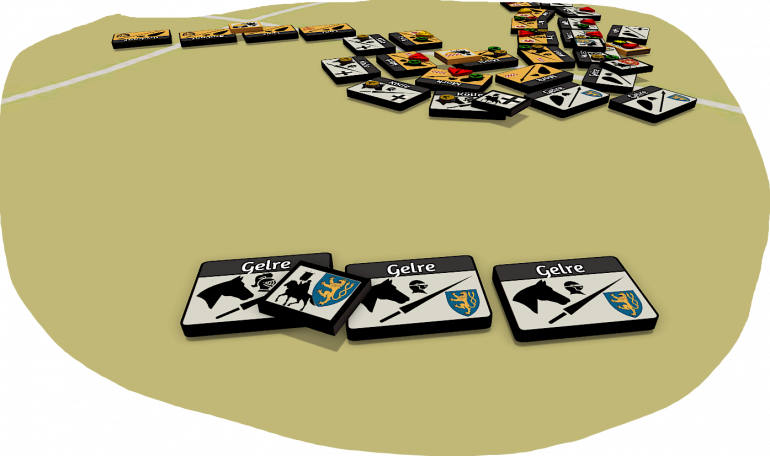 The Count of Gelre with his knights and men-at-arms, just before they charge into the Brabantian infantry threatening the Episcopal flanks during the Battle of Worringen, 1288
The Count of Gelre with his knights and men-at-arms, just before they charge into the Brabantian infantry threatening the Episcopal flanks during the Battle of Worringen, 1288I’ve fought on a variety of battlefields in different settings: from Napoleonic to Battletech. I’ve survived a whole battle and died within the first turns, and still wonder in which case my contribution was more meaningful. I must say that commanding troops in such unknown situations is exciting, but I get as much joy from my interactions with other players. It may be totally irrelevant to the battle itself, but one of my favourite moments was when I was an aide-de-camp and was tasked by the Belgian king to guard his wine-cellars during a siege. I got a complete list of the wines in said cellar.
In fact, much of that game was spent stuck in the besieged city, where we made plans to fool the Dutch and took potshots at any troops that dared come too close. Happiest of times!


































